PLAN OF OPERATIONS FOR MINING ACTIVITIES
USDA, Forest Service
ON NATIONAL FOREST SYSTEM LANDS
FS-2800-5
OMB NO. 0596-0022
USE OF THIS FORM IS OPTIONAL! 1ST TIME USERS SHOULD DIRECT QUESTIONS REGARDING THIS FORM OR REGULATIONS (36 CFR 228A) TO THE FOREST SERVICE DISTRICT OFFICE NEAREST YOUR AREA OF INTEREST.
Submitted by:
Signature |
|
Title |
|
Date |
|
|
|
|
(mm/dd/yy) |
|
|
|
|
|
Plan Received by:
Signature |
Title |
Date |
|
|
(mm/dd/yy) |
I. GENERAL INFORMATION
A.Name of Mine/Project:
B.Type of Operation:
(lode, placer, mill, exploration, development, production, other)
C.Is this a ( new/
new/ continuing) operation? (check one). If continuing a previous operation, this plan (
continuing) operation? (check one). If continuing a previous operation, this plan ( replaces/
replaces/ modifies/
modifies/ supplements) a previous plan of operations. (check one)
supplements) a previous plan of operations. (check one)
D.Proposed start-up date (mm/dd/yy) of operation:
E.Expected total duration of this operation:
F.If seasonal, expected date (mm/dd/yy) of annual reclamation/stabilization close out:
GExpected date (mm/dd/yy) for completion of all required reclamation:
II. PRINCIPALS
A.Name, address and phone number of operator:
B.Name, address, and phone number of authorized field representative (if other than the operator). Attach authorization to act on behalf of operator.
C.Name, address and phone number of owners of the claims (if different than the operator):
D.Name, address and phone number of any other lessees, assigns, agents, etc., and briefly describe their involvement with the operation, if applicable:
(If more space is needed to fill out a block of information, use additional sheets and attach form)
-1-
III. PROPERTY OR AREA
Name of claim, if applicable, and the legal land description where the operation will be located.
MC# |
|
Name |
|
Section |
|
Township |
|
Range |
|
|
|
|
|
|
|
|
|
|
|
|
|
|
|
|
|
|
|
|
|
|
|
|
|
|
|
|
|
|
|
|
|
|
|
|
|
|
|
|
|
|
|
|
|
|
|
|
|
|
|
|
|
|
IV. DESCRIPTION OF THE OPERATION
A.Access. Show on a map (USGS quadrangle map or a National Forest map, for example) the claim boundaries, if applicable, and all access needs such as roads and trails, on and off the claim. Specify which Forest Service roads will be used, where maintenance or reconstruction is proposed, and where new construction is necessary. For new construction, include construction specifications such as widths, grades, etc., location and size of culverts, describe maintenance plans, and the type and size of vehicles and equipment that will use the access routes.
B.Map, Sketch or Drawing. Show location and layout of the area of operation. Identify any streams, creeks or springs if known. Show the size and kind of all surface disturbances such as trenches, pits, settling ponds, stream channels and run-off diversions, waste dumps, drill pads, timber disposal or clearance, etc. Include sizes, capacities, acreage, amounts, locations, materials involved, etc.
(If more space is needed to fill out a block of information, use additional sheets and attach form)
-2-
C.Project Description. Describe all aspects of the operation including mining, milling, and exploration methods, materials, equipment, workforce, construction and operation schedule, power requirements, how clearing will be accomplished, topsoil stockpile, waste rock placement, tailings disposal, proposed number of drillholes and depth, depth of proposed suction dredging, and how gravels will be replaced, etc. Calculate production rates of ore. Include justification and calculations for settling pond capacities, and the size of runoff diversion channels.
(If more space is needed to fill out a block of information, use additional sheets and attach form)
-3-
D.Equipment and Vehicles. Describe that which is proposed for use in your operation (Examples: drill, dozer, wash plant, mill, etc.). Include: sizes, capacity, frequency of use, etc.
E.Structures. Include information about fixed or portable structures or facilities planned for the operation. Show locations on the map. Include such things as living quarters, storage sheds, mill buildings, thickener tanks, fuel storage, powder magazines, pipelines, water diversions, trailers, sanitation facilities including sewage disposal, etc. Include engineering design and geotechnical information for project facilities, justification and calculations for sizing of tanks, pipelines and water diversions, etc.
V.ENVIRONMENTAL PROTECTION MEASURES (SEE 36 CFR 228.8)
A.Air Quality. Describe measures proposed to minimize impacts on air quality such as obtaining a burning permit for slash disposal or dust abatement on roads.
(If more space is needed to fill out a block of information, use additional sheets and attach form)
-4-
B.Water Quality. State how applicable state and federal water quality standards will be met. Describe measures or management practices to be used to minimize water quality impacts and meet applicable standards.
1.State whether water is to be used in the operation, and describe the quantity, source, methods and design of diversions, storage, use, disposal, and treatment facilities. Include assumptions for sizing water conveyance or storage facilities.
2.Describe methods to control erosion and surface water runoff from all disturbed areas, including waste and tailings dumps.
3.Describe proposed surface water and groundwater quality monitoring, if required, to demonstrate compliance with federal or state water quality standards.
4.Describe the measures to be used to minimize potential water quality impacts during seasonal closures, or for a temporary cessation of operations.
5.If land application is proposed for waste water disposal, the location and operation of the land application system must be described. Also describe how vegetation, soil, and surface and groundwater quality will be protected if land application is used.
C.Solid Wastes. Describe the quantity and the physical and chemical characteristics of solid waste produced by the operation. Describe how the wastes will be disposed of including location and design of facilities, or treated so as to minimize adverse impacts.
D.Scenic Values. Describe protection of scenic values such as screening, slash disposal, or timely reclamation.
(If more space is needed to fill out a block of information, use additional sheets and attach form)
-5-
E.Fish and Wildlife. Describe measures to maintain and protect fisheries and wildlife, and their habitat (includes threatened, endangered, and sensitive species) affected by the operations.
F.Cultural Resources. Describe measures for protecting known historic and archeological values, or new sites in the project area.
G.Hazardous Substances.
1. Identify the type and volume of all hazardous materials and toxic substances which will be used or generated in the operations including cyanide, solvents, petroleum products, mill, process and laboratory reagents.
2.For each material or substance, describe the methods, volume, and frequency of transport (include type of containers and vehicles), procedures for use of materials or substances, methods, volume, and containers for disposal of materials and substances, security (fencing), identification (signing/labeling), or other special operations requirements necessary to conduct the proposed operations.
(If more space is needed to fill out a block of information, use additional sheets and attach form)
-6-
3.Describe the measures to be taken for release of a reportable quantity of a hazardous material or the release of a toxic substance. This includes plans for spill prevention, containment, notification, and cleanup.
H.Reclamation. Describe the annual and final reclamation standards based on the anticipated schedule for construction, operations, and project closure. Include such items as the removal of structures and facilities including bridges and culverts, a revegetation plan, permanent containment of mine tailings, waste, or sludges which pose a threat of a release into the environment, closing ponds and eliminating standing water, a final surface shaping plan, and post operations monitoring and maintenance plans.
VI. FOREST SERVICE EVALUATION OF PLAN OF OPERATIONS
A. Required changes/modifications/special mitigation for plan of operations:
(If more space is needed to fill out a block of information, use additional sheets and attach form)
-7-
B. Bond. Reclamation of all disturbances connected with this plan of operations is covered by
Reclamation Performance Bond No. |
, dated (mm/dd/yy) |
, signed by |
(Principal) |
and |
(Surety), for the penal sum of |
. This Reclamation Performance Bond is a |
guarantee of faithful performance with the terms and conditions listed below, and with the reclamation requirements agreed upon in the plan of operations. This Reclamation Performance Bond also extends to and includes any unauthorized activities conducted in connection with this operation.
The bond amount for this Reclamation Performance Bond was based on a bond calculation worksheet. The bond amount may be adjusted during the term of this proposed plan of operations in response to changes in the operations or to changes in the economy. Both the Reclamation Performance Bond and the bond calculation worksheet are attached to and made part of this plan of operations.
Acceptable bond securities (subject to change) include:
1.Negotiable Treasury bills and notes which are unconditionally guaranteed as to both principle and interest in an amount equal at their par value to the penal sum of the bond; or
2.Certified or cashier's check, bank draft, Post Office money order, cash, assigned certificate of deposit, assigned savings account, blanket bond, or an irrevocable letter of credit equal to the penal sum of the bond.
VII. TERMS AND CONDITIONS
A.If a bond is required, it must be furnished before approval of the plan of operations.
B.Information provided with this plan marked confidential will be treated in accordance with the agency's laws, rules, and regulations.
C.Approval of this plan does not constitute certification of ownership to any person named herein and/or recognition of the validity of any mining claim named herein.
D.Approval of this plan does not relieve me of my responsibility to comply with other applicable state or federal laws, rules, or regulations.
E.If previously undiscovered cultural resources (historic or prehistoric objects, artifacts, or sites) are exposed as a result of operations, those operations will not proceed until notification is received from the Authorized Officer that provisions for mitigating unforeseen impacts as required by 36 CFR 228.4(e) and 36 CFR 800 have been complied with.
F. This plan of operations has been approved for a period of or until (mm/dd/yy) . A new or revised plan must be submitted in accordance with 36 CFR part 228, subpart A, if operations are to be continued after that time period.
(If more space is needed to fill out a block of information, use additional sheets and attach form)
-8-
VIII. OPERATING PLAN ACCEPTANCE
 I/
I/ We have reviewed and agreed to comply with all conditions in this plan of operations including the required changes, modifications, special mitigation, and reclamation requirements.
We have reviewed and agreed to comply with all conditions in this plan of operations including the required changes, modifications, special mitigation, and reclamation requirements.
 I/
I/ We understand that the bond will not be released until the Authorized Officer in charge gives written approval.
We understand that the bond will not be released until the Authorized Officer in charge gives written approval.
Operator (or Authorized Representative) |
(Date) |
|
(mm/dd/yy) |
IX. OPERATING PLAN APPROVAL
(Authorized Officer) |
(Date) |
|
(mm/dd/yy) |
“According to the Paperwork Reduction Act of 1995, an agency may not conduct or sponsor, and a person is not required to respond to a collection of information unless it displays a valid OMB number. The valid OMB number for this information collection is 0596-0022. The time required to complete this information collection is estimated to average 8 hours per response, including the time for reviewing instructions, searching existing data sources, gathering and maintaining the data needed, and completing and reviewing the collection of information.”
(If more space is needed to fill out a block of information, use additional sheets and attach form)
-9-
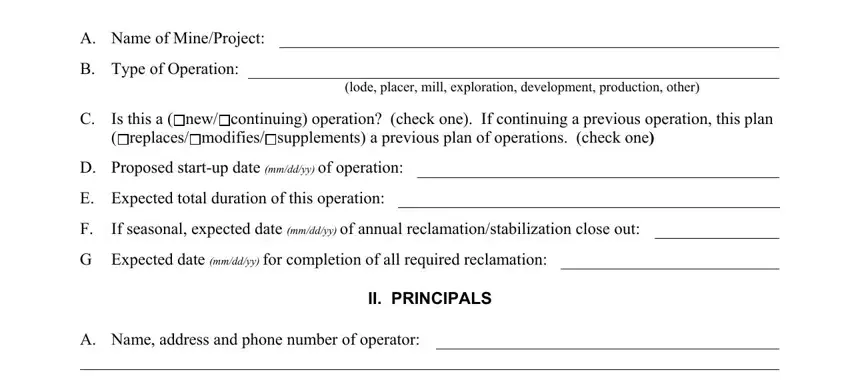
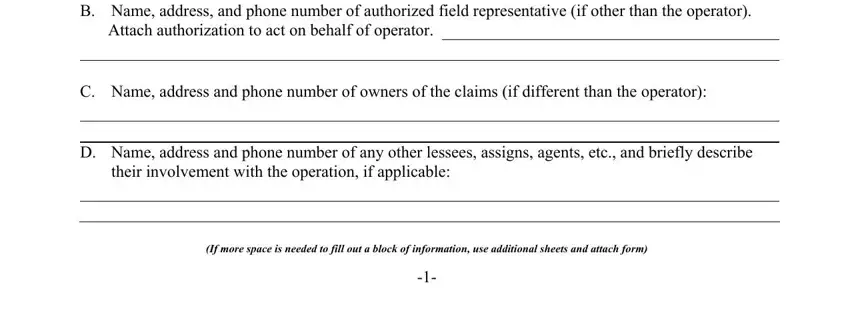
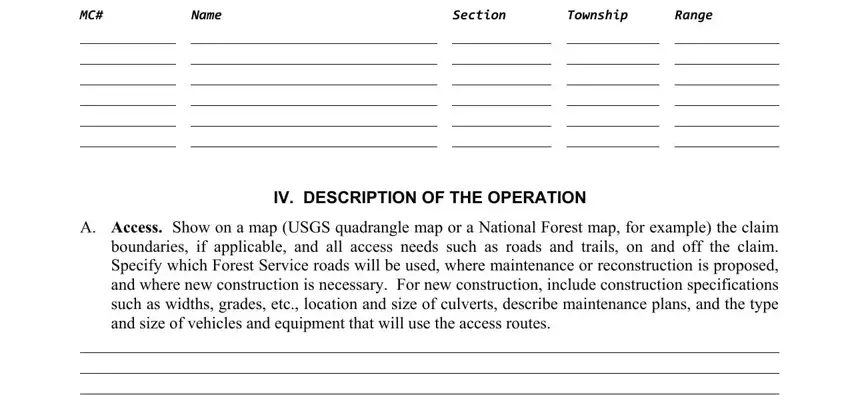
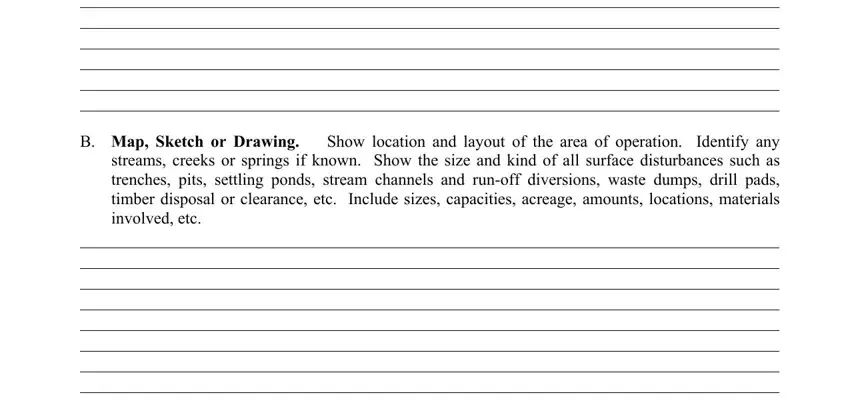

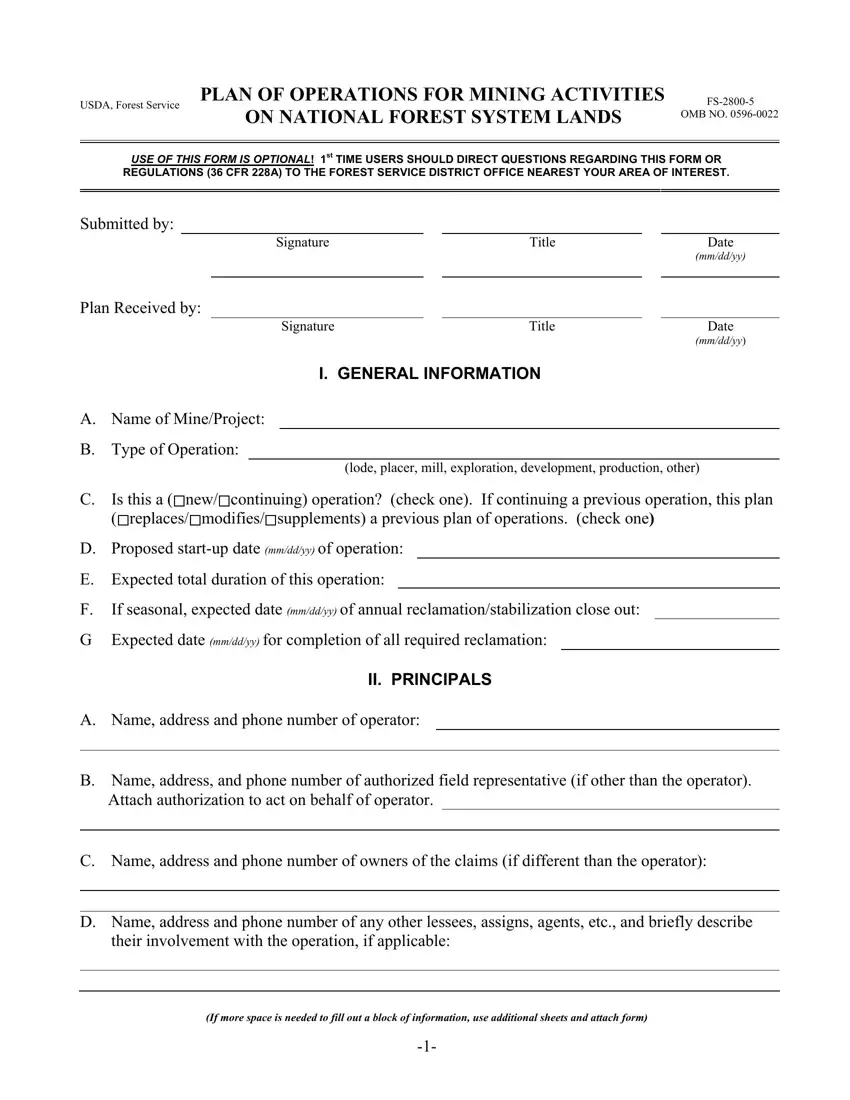

 new/
new/ continuing) operation? (check one). If continuing a previous operation, this plan (
continuing) operation? (check one). If continuing a previous operation, this plan ( replaces/
replaces/ modifies/
modifies/ supplements) a previous plan of operations. (check one
supplements) a previous plan of operations. (check one
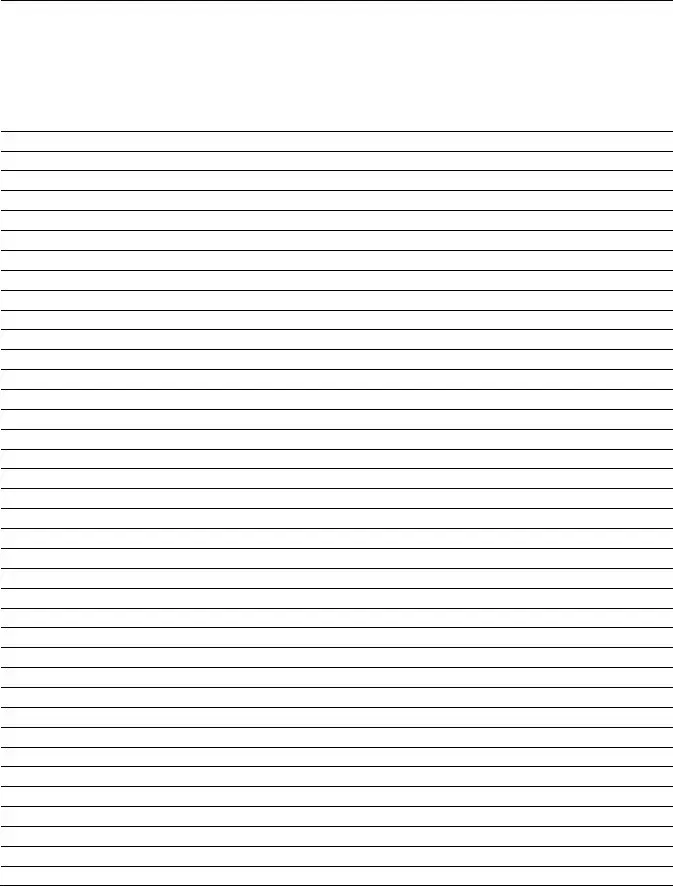
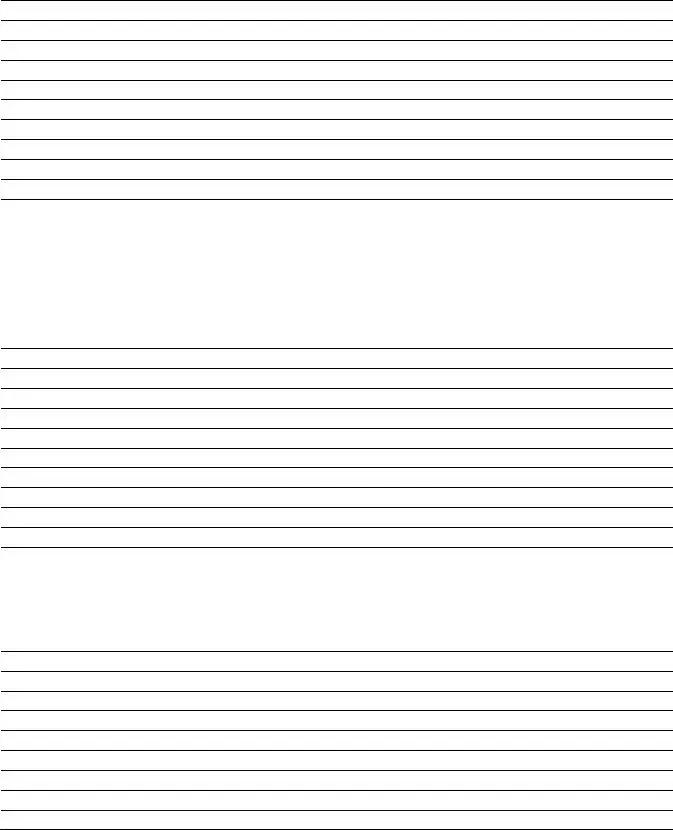
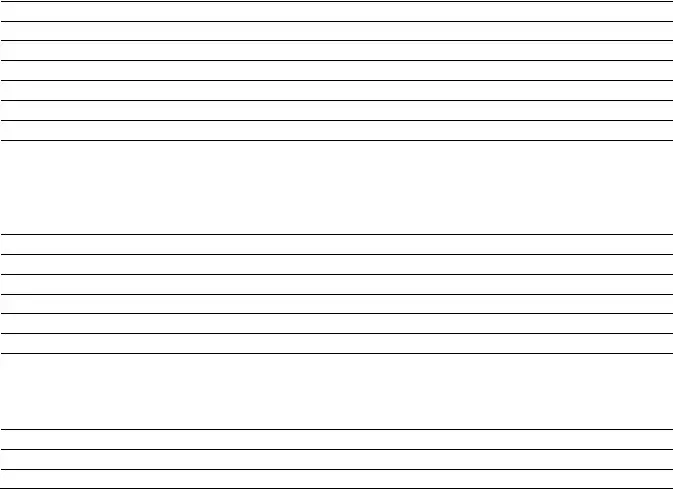
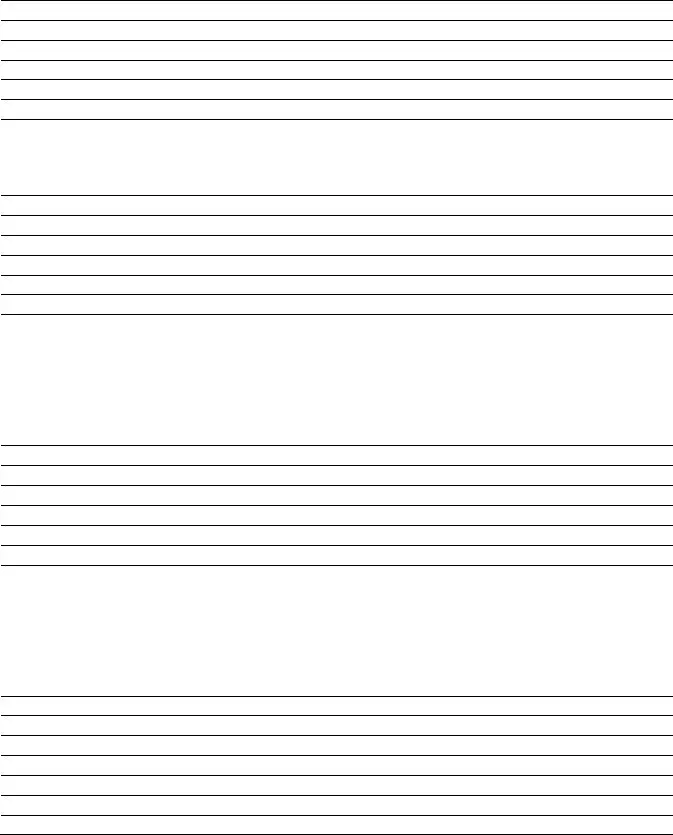
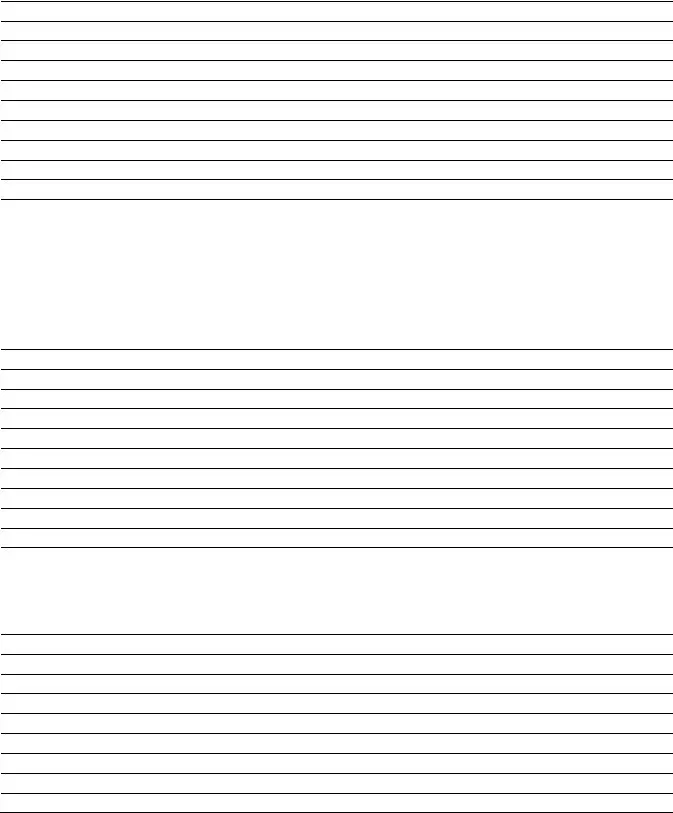
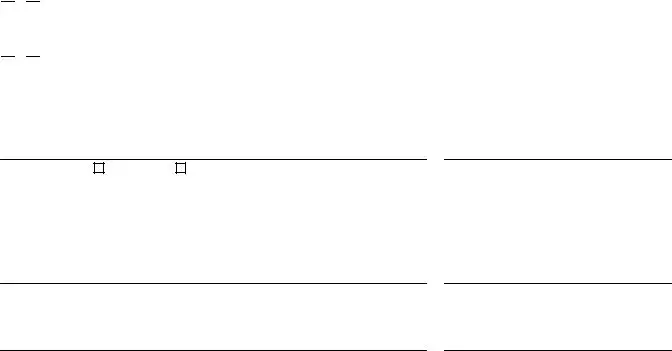
 I/
I/ We have reviewed and agreed to comply with all conditions in this plan of operations including the required changes, modifications, special mitigation, and reclamation requirements.
We have reviewed and agreed to comply with all conditions in this plan of operations including the required changes, modifications, special mitigation, and reclamation requirements. I/
I/ We understand that the bond will not be released until the Authorized Officer in charge gives written approval.
We understand that the bond will not be released until the Authorized Officer in charge gives written approval.